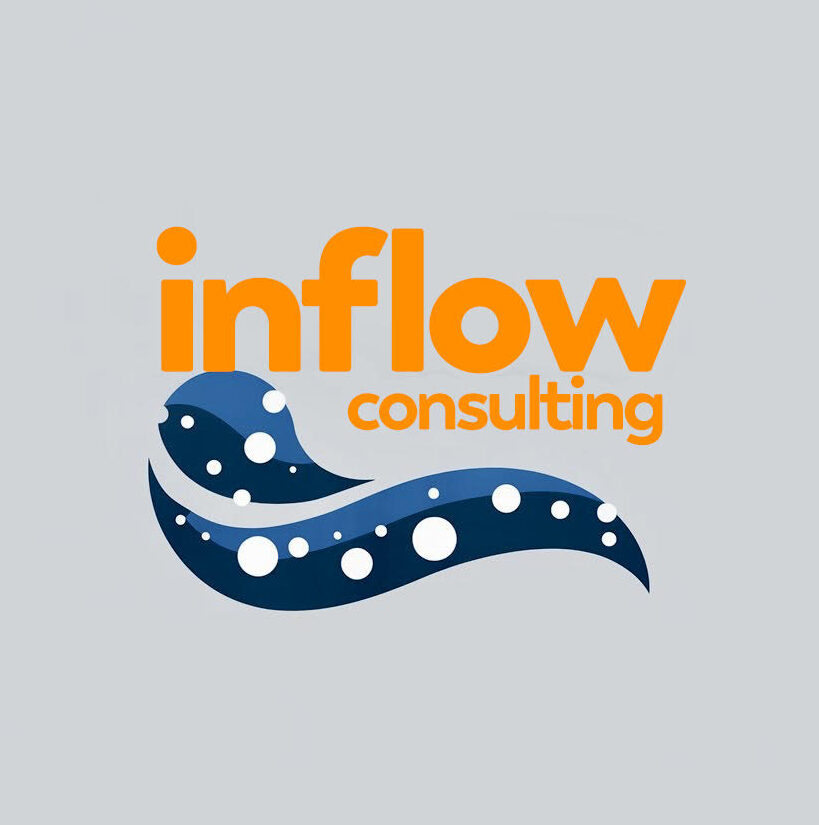
When you are going on a trip all of your travel details are planned ahead of time. Your destination, method of travel, cost, time and effort are all calculated while considering the length of your trip and destination. Planning your marketing efforts is no different from planning a trip. You need to know where you are going (revenue goal),method of travel (leads needed), the cost (budget), time (year calendar) and effort (support systems) are completed before you receive the payoff of a good year.
The most important factor prior to starting your business year is calculating lead or prospect requirements for companies aiming to meet their sales goals. This involves a systematic approach that typically includes several key steps, which can be broken down as follows:
1. Define Sales Goals
The first step in calculating lead requirements is to clearly define the sales goals. This could be an increase in revenue, the number of new customers, or market share objectives. For instance, if a company aims to increase its revenue by 50%, it needs to determine how many new deals are necessary to achieve that target.
2. Understand Conversion Rates
Next, companies must understand their conversion rates of their business historically. Calculate how many leads were introduced to your business versus how many leads you converted to sales. Then calculate the percentage of sales of these leads. The ideal number is 21%, so if you are below this number please incrementally increase throughout your year until you are at 21% at the end of the year.
However, this may not be accurate depending on your company data. So if your data isn’t accurate, please start collecting the data of how many leads, qualified or not, are introduced to your business versus how many of these leads or prospects you close. When calculating for an established business use 18% of your conversion to start the year with incrementally scaling up the percentage to 21% over the 12 months of the year. For new businesses use 10% as a conversion percentage and incrementally increase to 15% for the 12 months of the year. In these examples both 21% and 15% are your desired outcome.
3. Calculate Required New Deals
Once the sales goal is set the next step is to calculate your average sale per customer over the last year. If you are a new business please estimate the average sale. Once you have the average sale, for example $2,000.00 per sale, you divide your yearly sales of $200,000.00 by the average sale to calculate you need 100 sales to achieve your goal.
4. Determine Leads Needed
Now that you know your conversion rate and how many sales you need to convert, you can calculate your leads needed. Some people like to identify “Quality Leads” only, however we do not agree with this. Whether the lead is a quality of non-quality lead they still cost money to obtain. So, all leads need to be calculated in this stage. Using your conversion rate calculate how many leads you need to convert to obtain your sales goal. For example, if your closing rate is 20% and you have a sales conversion goal of 100 then your lead goal is 500.
5. 12 Month Plan
Plan out your lead and conversion goal over 12 months. Using your industry norms and patterns, adjust each month and quarter accordingly. When you plan for 12 months you can make the necessary marketing adjustments to achieve your marketing and sales goals. As the year progresses line up your projections versus what is happening.
6. Lead Source
If you have data on where your leads historically originate then you can be set up for a successful year. You will lay out all of your lead sources and break down by a percentage basis. For example, 20% of your leads come from “Instagram” and 15% from “Tradeshows”. When completed, use these numbers to break down your overall leads needed. In the section 4 example your lead goal needed is 500. If 20% of your leads historically come from Instagram then you can calculate you will need 100 leads from Instagram. If you don’t have historical data you will need to make an educated guess and start collecting data.
7. Are you being realistic?
This comprehensive calculation process allows companies to set realistic lead generation targets aligned with their sales objectives. Calculating your leads will allow you to know the effort and marketing budget needed to obtain your goals. If you do not have the budget to support the marketing effort needed then you can make the needed adjustments and be humble with your approach. Then after you accomplish your goals for the year you can make a more aggressive and scaled approach the following year.
This sounds like a simple plan, however most small businesses do not plan lead generation efforts and a lot of large businesses have a disconnect between the marketing and sales department.
We hope this article helped you. If you have any questions or are interested in our help please email [email protected] or call/text us at 704-245-8604.
